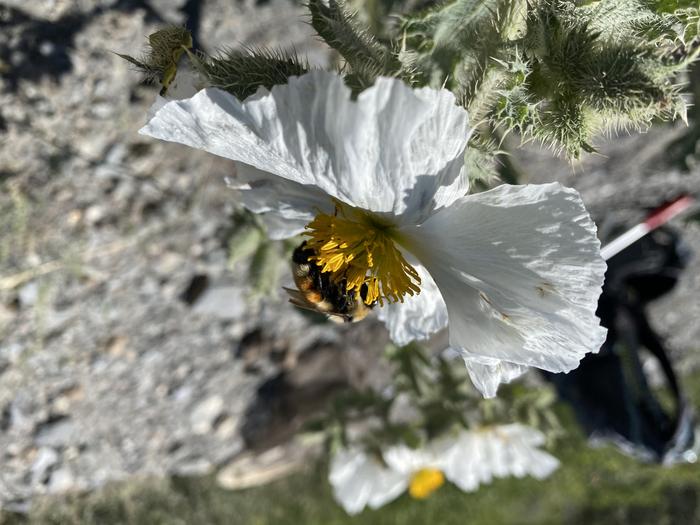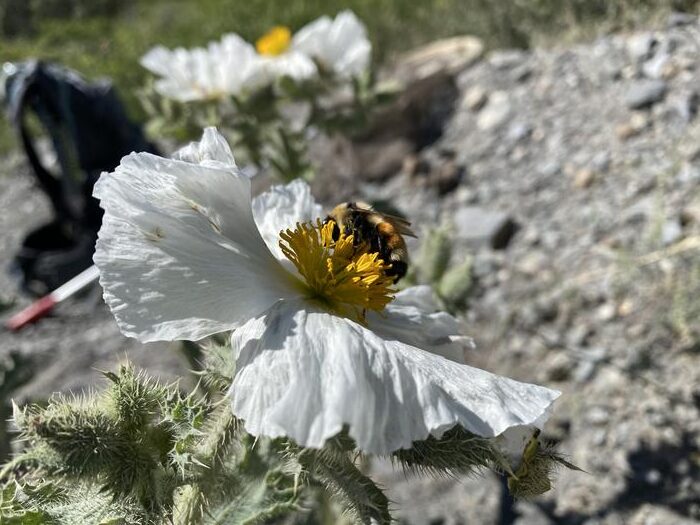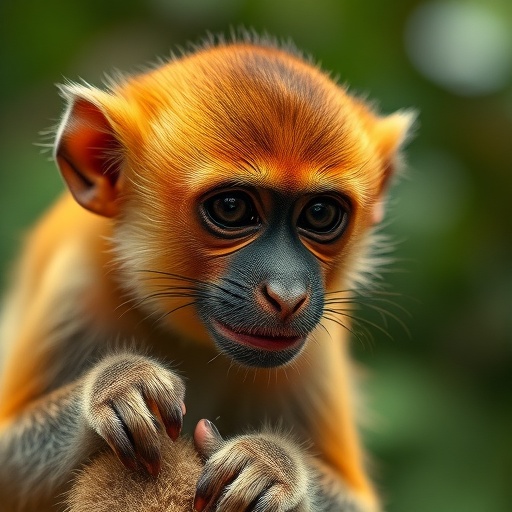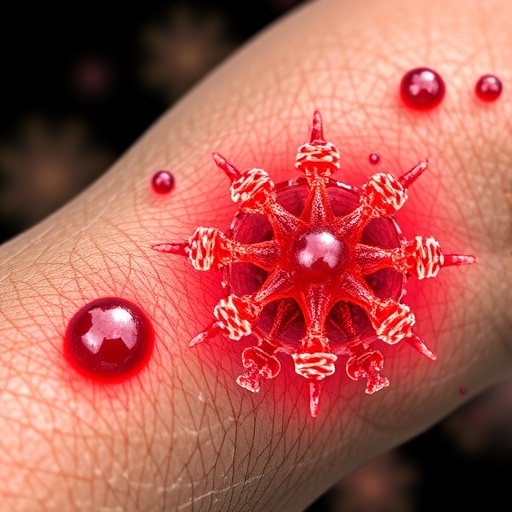FORT COLLINS, Colo., Jan. 8, 2024 — What’s all the buzz about? Most garden enthusiasts know that certain flowers can attract pollinators. New research helps explain why, and also provides more details about how the nutrition found in plant pollen may determine which specific bee communities might favor your garden. On a larger scale, this research may help fight against pollinator declines through better design of rangeland restoration projects.

Credit: Anthony Vaudo, USDA Forest Service
FORT COLLINS, Colo., Jan. 8, 2024 — What’s all the buzz about? Most garden enthusiasts know that certain flowers can attract pollinators. New research helps explain why, and also provides more details about how the nutrition found in plant pollen may determine which specific bee communities might favor your garden. On a larger scale, this research may help fight against pollinator declines through better design of rangeland restoration projects.
Scientists at the USDA Forest Service’s Rocky Mountain Research Station and the University of Nevada, Reno studied the foraging habits of wild bees. Their findings, published today in the Proceedings of the National Academy of Sciences, can help guide seed and plant choices that support and enhance wild bee populations. In short, their research showed that different bee species have different nutritional needs. Given that not all pollens are the same, bees forage accordingly to meet their unique needs.
“Nutrition is widely recognized as a key factor in addressing pollinator declines, and plants vary in the protein and lipid content of the pollens they offer to bees,” said lead author Dr. Anthony Vaudo, a research biological scientist at RMRS. While nectar also provides nutrients, Vaudo focused on pollen nutrition because larvae are dependent on pollen for development.
“We wanted to bring focus to that aspect of nutrition and foraging and its direct effects on the health of the developing bees,” he added.
Researchers sampled the proteins and lipid content of the pollens of 109 plant species in the Great Basin region that generally bloom in the same area at about the same time, providing a snapshot of the nutritional landscape. The team observed the patterns of 75 varieties of pollen-collecting bees and found that the nutritional content of pollens in plant communities predicted which bee communities the plants would attract.
They determined plants within related genera can offer similar pollen nutrition and are functionally similar for bees. This information may be used to predict how a bee may choose a different host plant in a new environment. The research team also found that many bees do not have allegiance to a particular plant family or genus, and that there was a more basic nutritional reason which plants bees preferred. The research has particular relevance for the selection of seeds used for conservation of bee habitat and plant communities.
Vaudo said, “This has exciting opportunities for future restoration research and could change the way bee communities can be conserved or improved. For example, designing a restoration project with more nutritionally diverse plants and testing to see if they attract more bees or a higher diversity of bees.” He added, “One interesting feedback loop is that increased pollination can lead to increased seed production. This idea of nutritional diversity can support healthier bee populations and hopefully provide resilience in changing environments.”
Vaudo credits his co-authors from the Department of Biology at the University of Nevada, Reno for their critical contributions to the project. Dr. Anne Leonard’s background in behavioral studies provided the “bee perspective” and consideration of community behavior, and Dr. Lee Dyer developed appropriate statistics to analyze the data.
About USDA Forest Service Rocky Mountain Research Station
The Rocky Mountain Research Station is one of five Forest Service research stations serving federal and state agencies, international organizations, Tribes, academia, non-profit groups, and the public. RMRS researchers work in a range of biological, physical, and social science fields to promote sustainable management of the nation’s diverse forests and rangelands. The station develops and delivers scientific knowledge and innovative technologies with a focus on informing policy and land-management decisions. Working out of 15 laboratories across the Western U.S., RMRS researchers work in collaboration with a range of partners, including other agencies, academia, nonprofit groups, and industry.
Journal
Proceedings of the National Academy of Sciences
DOI
10.1073/pnas.2317228120
Method of Research
Data/statistical analysis
Subject of Research
Animals
Article Title
Pollen nutrition structuresbee and plant community interactions
COI Statement
No author competing or conflict of interests.





